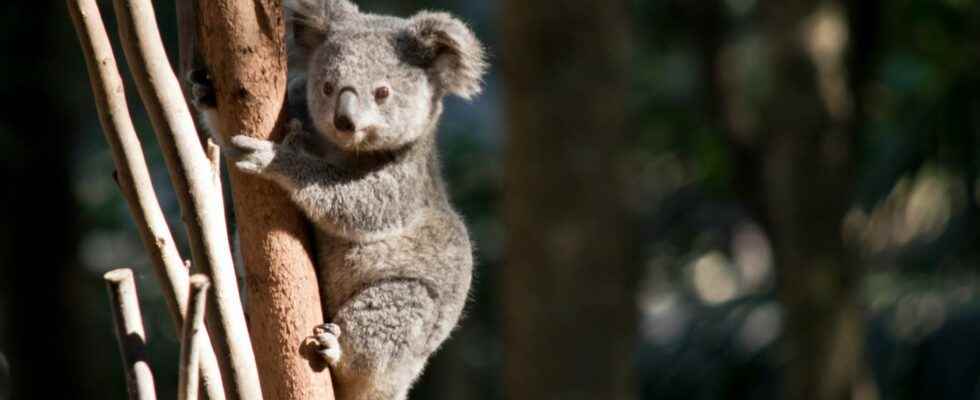You will also be interested
[EN VIDÉO] How to measure and understand biodiversity, with Gilles Bœuf Decorated in 2013 with the great Albert 1er medal of Monaco for his scientific career dedicated to the seas and oceans, Gilles Bœuf is today giving an interview to Futura on how we can measure and understand the whole living world: biodiversity .
Over the past five years, Australia has lost overspecies mammals than any other continent. More generally, its rate of species decline is among the highest in the world. This is the sad conclusion of the latest version of the report “Australia State of the Environment”. According to the experts who wrote it, the main culprit is still and always… the anthropogenic climate change. Not only the rise in temperatures, also the multiplication of droughts and floodsthe frequency and intensity of forest fires, sea level rise and ocean acidification.
Since the last report, published in 2016, 8% of new Australian species have joined the ranks of endangered or critically endangered species. Some 533 animal species and no less than 1,385 plant species are now on the lists. The megafires that ravaged Australia in 2019-2020 have a lot to do with it. They killed between one and three billion animals, razed 9% of the habitat of koalas.
Climate change and other causes
Faced with this report “shocking”, the government has decided to create new national parks and marine protected areas to reach a target of 30% of the territory of Australia under protection by 2030. It has also promised to invest 250 million Australian dollars for the benefit of the threatened species. Scientists estimate that it would take 1.7 billion a year. They also call for fighting evil from the root, accelerating measures to reduce emissions of greenhouse gas.
: 5 key findings from the State of the Environment Report
1. Australia’s environment is generally deteriorating.
There was an 8% increase in the number of threatened species between 2016 and 2021. pic.twitter.com/VCQ2QRIChJ
— The Conversation (@ConversationEDU) July 19, 2022
Even if the climate change anthropogenic does not appear to be solely responsible for the situation. Also in question, the invasive speciespollution, deforestation and mining activities. Thus 6.1 million hectares of forest native primary have been cleared since 1990 in Australia. And poor water quality has wiped out 90% of the population of Pisces natives over the past 150 years.
Interested in what you just read?
